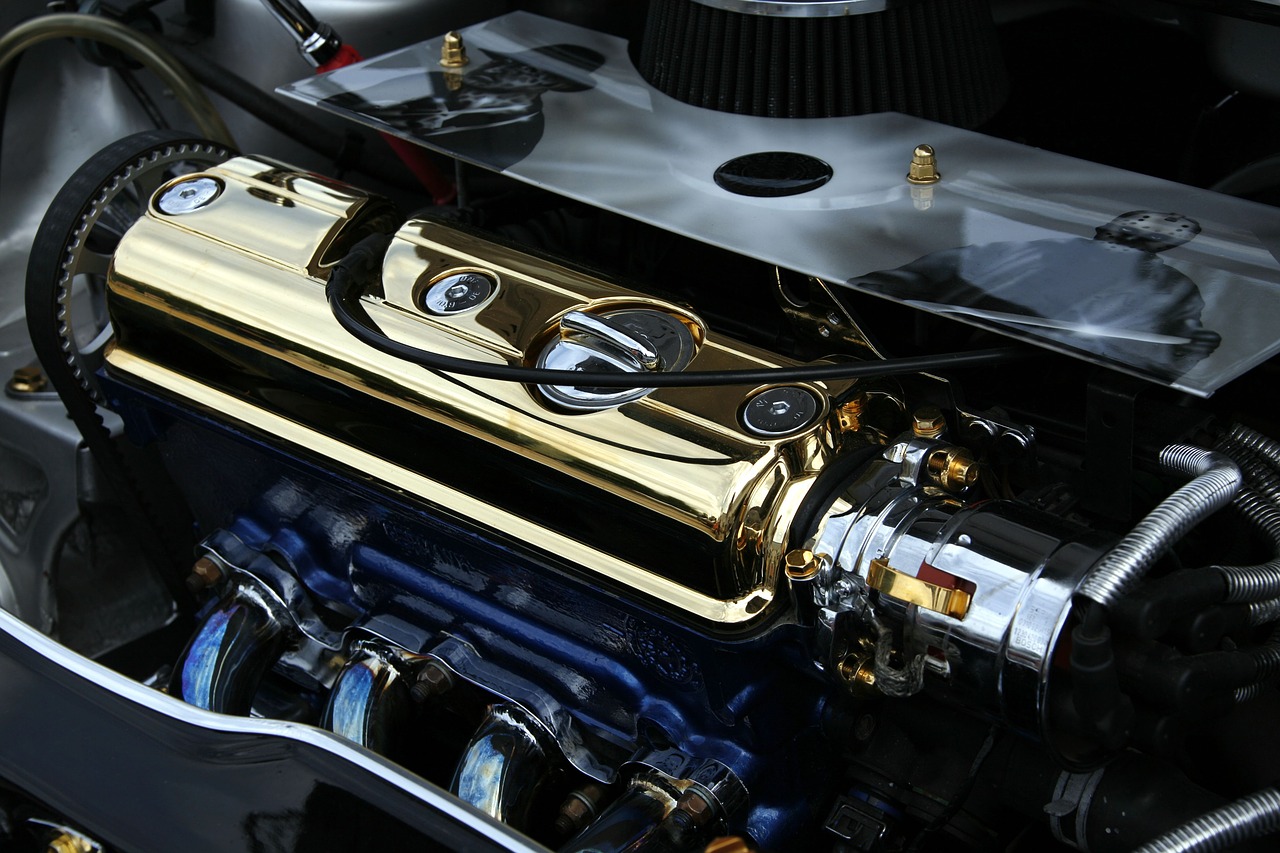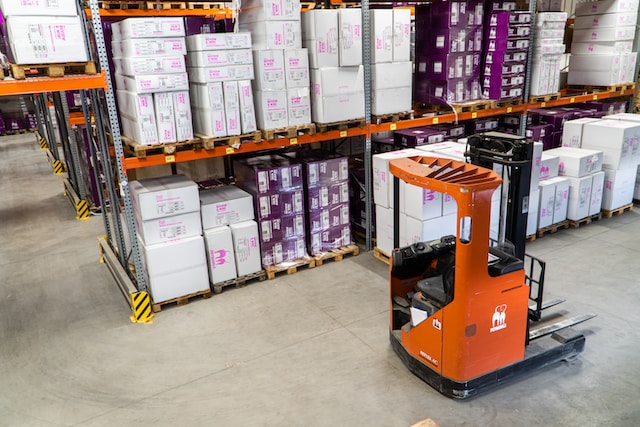There are many industries and scientific applications around the world that require the use of vacuum pumps to create vacuums for various purposes. Although there are many different kinds of vacuum pumps that are designed for various compression and vacuum rates, the most popular choice is for situations that require high and ultra vacuums. Turbomolecular pumps can create high vacuums that are free from any molecular contamination. Such kinds of high vacuum applications are usually required by industrial units in factories or in scientific research facilities such as CERN and NASA.
How do Turbomolecular Pumps work?
The functioning of a turbo pump is a wonder of science. Although the mechanics can seem very confusing, it is actually a rather simple process once you break it down. As the name suggests, the main component of every turbomolecular pump is a turbine that is used to carry the air molecules towards the exhaust. It is common practice that a different vacuum pump is first used to create a low vacuum, and then the turbo pump is used for the remainder.
A turbo pump works by channeling air into the exhaust that is compressed. This is achieved by the two sets of blades in the rotating motor. One of the blades is called rotors, and they keep on rotating at a very high speed, around eighty to ninety thousand RPM generally, although many high-end rotors can go even higher. Then there is a second set of blades which are called the stators. These are fixed in place and do not rotate. Both kinds of blades are made at an angle to circulate the air.
The turbo pump works due to the tandem operation of these motors. Their roles are very simple. The first rotors suck in the close air molecules, and because they are spinning, they add kinetic momentum to these air molecules. The shape and movement of the rotors are designed to give momentum to the air molecules that push them out. The second stage involves the stators. The stators are closely situated to the rotors so that they can catch the flowing air molecules. The stators are shaped in such a way that they guide the molecules downwards to the next step of rotors. This method is continued over and over until the final stage, where the air molecules are finally flung into the exhaust, where a pre-vacuum pump finally sucks them out.
Premium quality turbopumps can be used for multiple intermediate to ultra high-level vacuum creation. They are customizable and can use live sensors to track the progress of the vacuum. To save up on rack space, one can also install more controllers around the side of the pump. You can find a great variety of turbo pump controllers on the Agilent Turbo Pumps Section.

Applications of Turbomolecular Pumps:
Turbo pumps are popular because of their wide amount of applicability and use in multiple industries and situations. Such applications include:
- Analytical Instrumentation: These are instruments that are made for scientific measurement and analysis and include chromatographs, titrators, spectrometers, rheometers, and particle size analyzers. Several of them require vacuums in order to operate and be calibrated properly for measurements.
- Mass Spectrometry: Mass Spectrometry machines that all operate under extremely low pressure or high vacuum conditions are used for measuring the mass-to-charge ratio (m/z) of various singular or multiple molecule samples.
- Scanning Electron Microscope:
- High Gas Load/Load Lock Applications
- High-Energy Physics
Turbomolecular Pumps are found in multiple specifications, but it is important that you use the right one for the right job. Secondly, even if they meet your specifications, it is absolutely critical to use pumps that are not just high quality and capacity but can also function accurately and with precision for multiple uses. Do keep in mind the maintenance and durability of the turbomolecular pumps when you need one. In order to find the perfect turbomolecular pump solutions, visit the Agilent Turbomolecular Pumps page.

Author Bio: Starting from content writing to link building, Nidhi can help you to build your website and your blog just the way you desire or might consider effective for the growth of your business. She has an experience in the field and has been working in this domain for more than 5 years now. She has worked on different kinds of blog articles, web content, social media posts, PR articles –she has done it! You can get in touch with her at mahajannidhi309@gmail.com or skype nidhi.mahajan50







